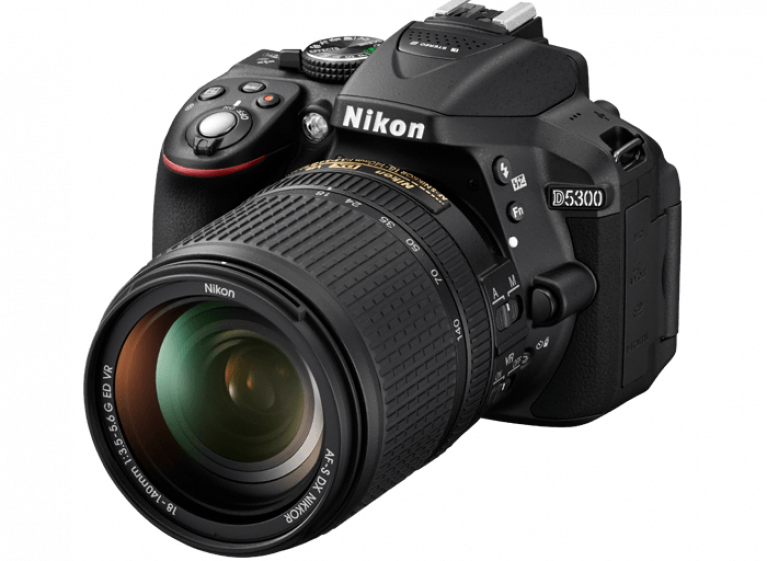
This comes at the expense of the potential for moiré, which takes the form of strange, wavy, often rainbow-like patterns in areas of repetitive, high-frequency detail.

This allows for increased pixel acuity and therefore greater perceptual resolution. The only difference between the two lay in the AA (anti-aliasing) filter - while both cameras have an AA filter, the D800E uses AA cancellation. Both sported a new Sony-made 36.3-megapixel sensor the same one was later found in the Sony Alpha 7R and Pentax K-1. While the latter two held titles for dynamic range and low-light abilities, Canon had pushed ahead again on resolution and video capabilities - that is, until the release of the D800 and D800E in 2012 followed by the D810 in 2014. The Nikon D800 and D800E were yet another set of milestones, if not with the same splash and impact as the D3 and D700. In this price range, there simply isn’t a better option.

While it doesn’t have the resolution or dynamic range of cameras like the D810 and D850, it remains one of my all-time favorite cameras - the 1,005-pixel RGB sensor still makes for my favorite metering system of any Nikon DSLR.įour years ago, I shot my sister’s wedding with my D700 as a second camera to my D810, and the files are still a pleasure to work with - even up to its maximum ISO 6400 it produces insanely clean results for a 14-year-old camera. To this day, you can find many users in comments sections and forums who still use the camera - I still have mine, and it’s going strong at over 350,000 shutter actuations. The Nikon D700 remains one of the most legendary and highly regarded digital cameras ever made - even more so than its bigger brother. Essentially, it boasts the same phenomenal features and image quality as the benchmark D3, but without the integrated vertical grip and 9 FPS shooting speed. The D700 features a continuous drive mode up to 5 frames per second (FPS) or 8 FPS with the MB-D10 vertical grip, Multi-CAM 3500FX autofocus sensor with 51 AF points, 3D focus tracking, 1,005-pixel RGB sensor, and 3D Color Matrix Metering II, maximum 1/8,000th shutter speed, and a built-in flash. It sported the same Nikon-made 12.1-megapixel FX CMOS sensor as the D3 inside a robust, more traditional body without the built-in vertical grip.

The following year, Nikon released its second full-frame digital camera: the professional-grade D700. With the D3 - Nikon’s first full-frame digital camera - Nikon reclaimed the crown for its superior dynamic range, phenomenal high ISO quality, and stunning 3D autofocus tracking. Canon had long dominated the market with the superior image quality of its EOS-1Ds (one of the earliest full-frame digital cameras), EOS-1D series, and EOS 5D series. The release of the Nikon D3 in 2007 is one of the preeminent milestones in digital photographic history.


 0 kommentar(er)
0 kommentar(er)
